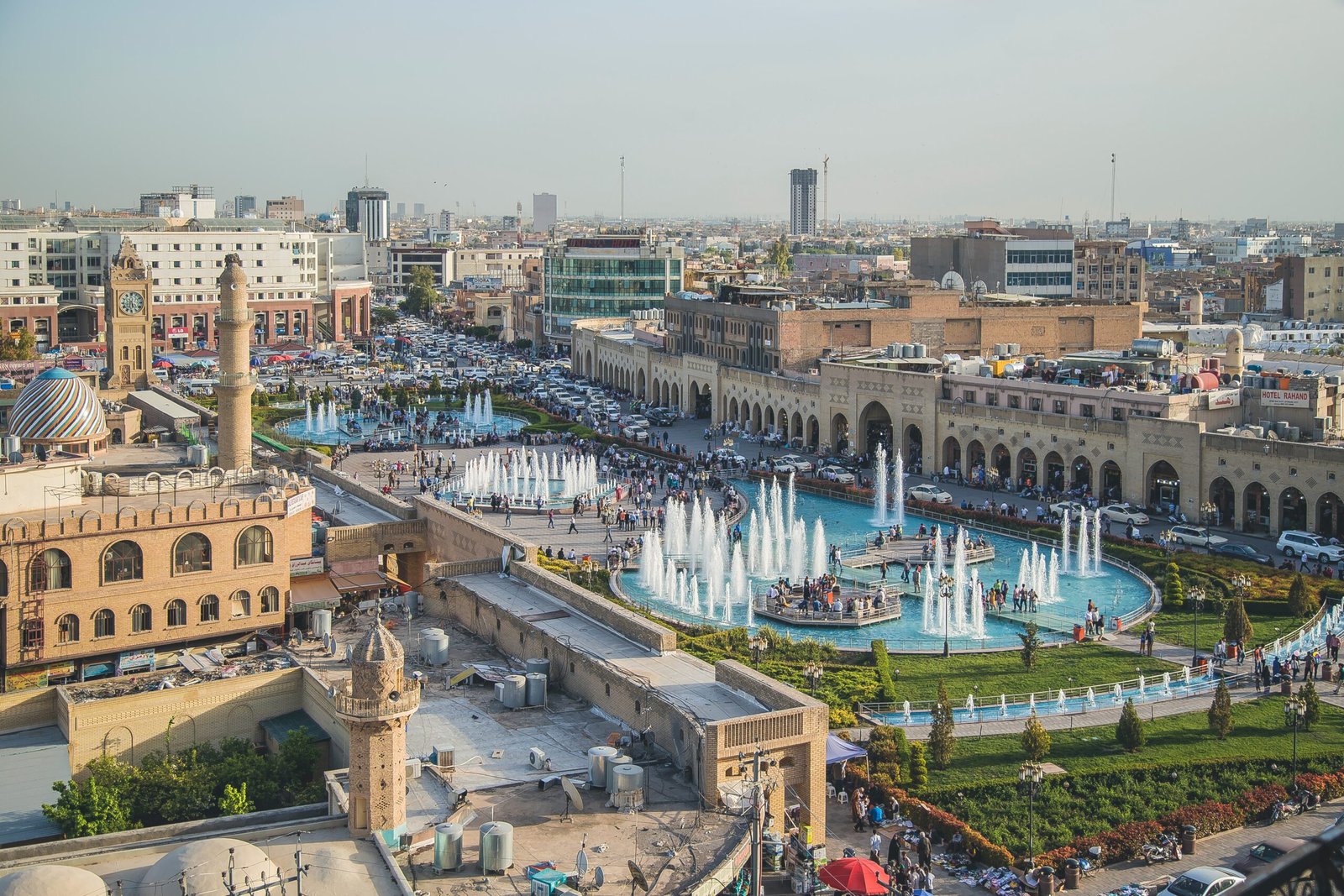December 4, 2013, witnessed a horrifying series of coordinated attacks across central and northern Iraq. These attacks, involving shootings and bombings, were part of the ongoing conflict and sectarian violence in the region. They targeted both civilian and government locations, resulting in significant loss of life and injuries. This day exemplified the instability and violence that plagued Iraq post the 2003 invasion, highlighting the challenges of restoring peace and security in a nation riven by sectarian strife and extremist violence.
The Background: Iraq Post-2003 Invasion
The coordinated attacks in Iraq in 2013 were a grim reminder of the deep-rooted issues that the country faced following the 2003 invasion by a U.S.-led coalition. The invasion toppled Saddam Hussein’s regime but also unleashed a wave of sectarian violence and insurgency.
One of the key factors contributing to the ongoing conflict was the sectarian divide between the majority Shia and minority Sunni populations. Saddam Hussein, a Sunni, had ruled Iraq with an iron fist, suppressing the Shia majority. The fall of his regime led to a power vacuum, which was quickly filled by Shia political parties, causing resentment among the Sunni population.
Extremist groups, such as al-Qaeda in Iraq (AQI), capitalized on this sectarian divide and launched a brutal insurgency against the new government. AQI, under the leadership of Abu Musab al-Zarqawi, carried out numerous attacks targeting Shia civilians, government institutions, and security forces. Their aim was to incite sectarian violence and destabilize the country.
The Coordinated Attacks in Iraq 2013
On December 4, 2013, Iraq experienced a day of terror as coordinated attacks struck central and northern parts of the country. The attacks involved shootings and bomb

